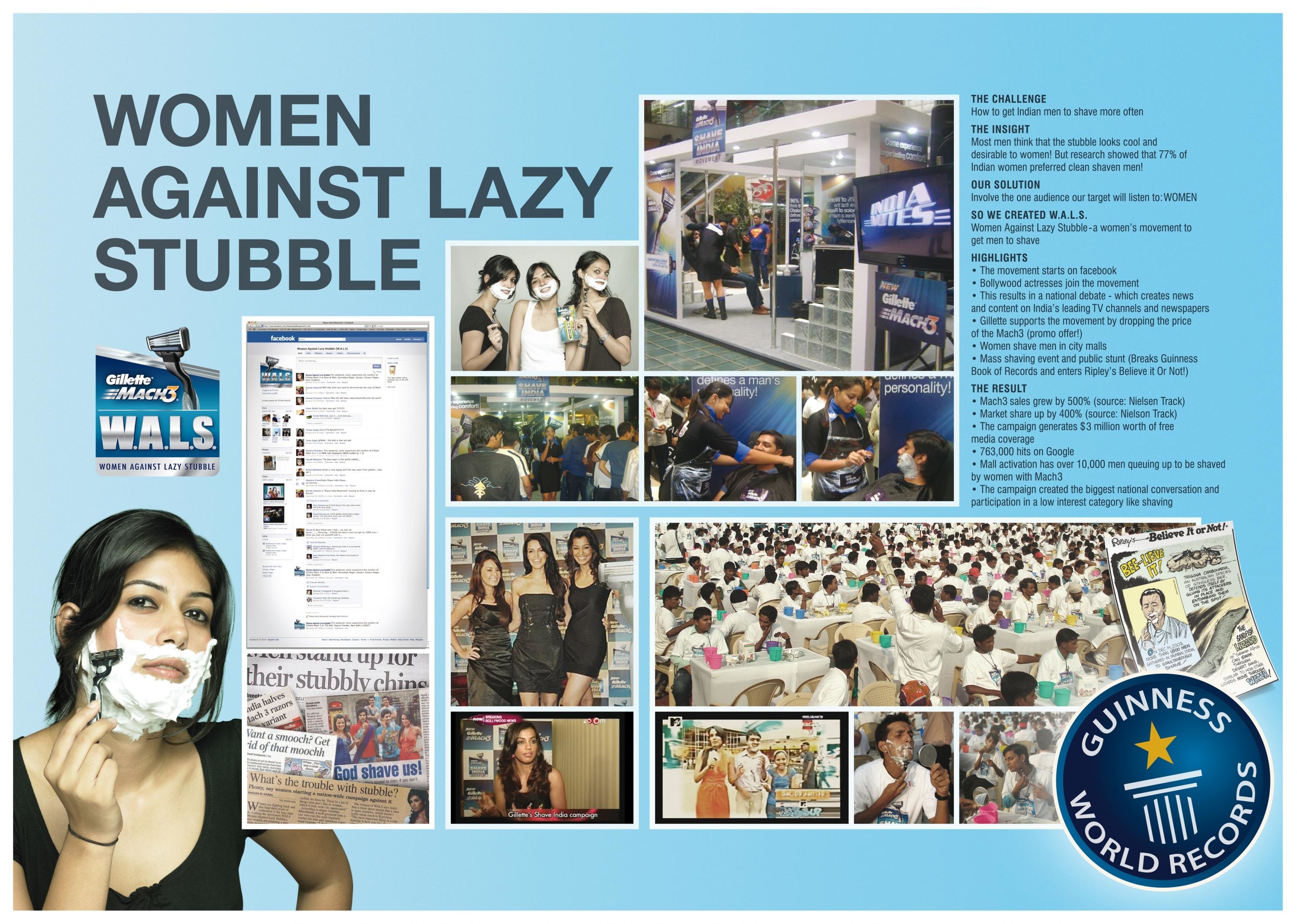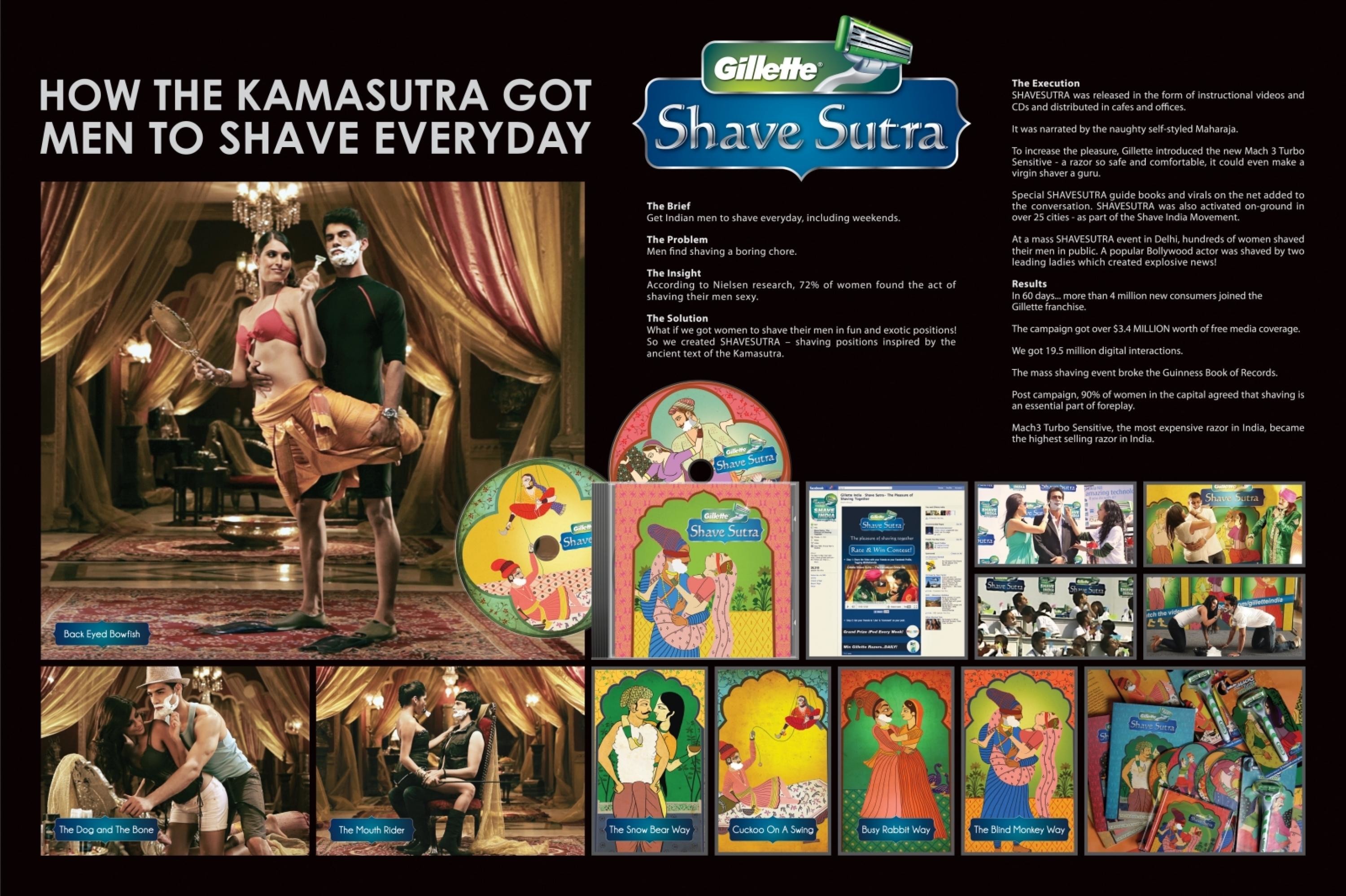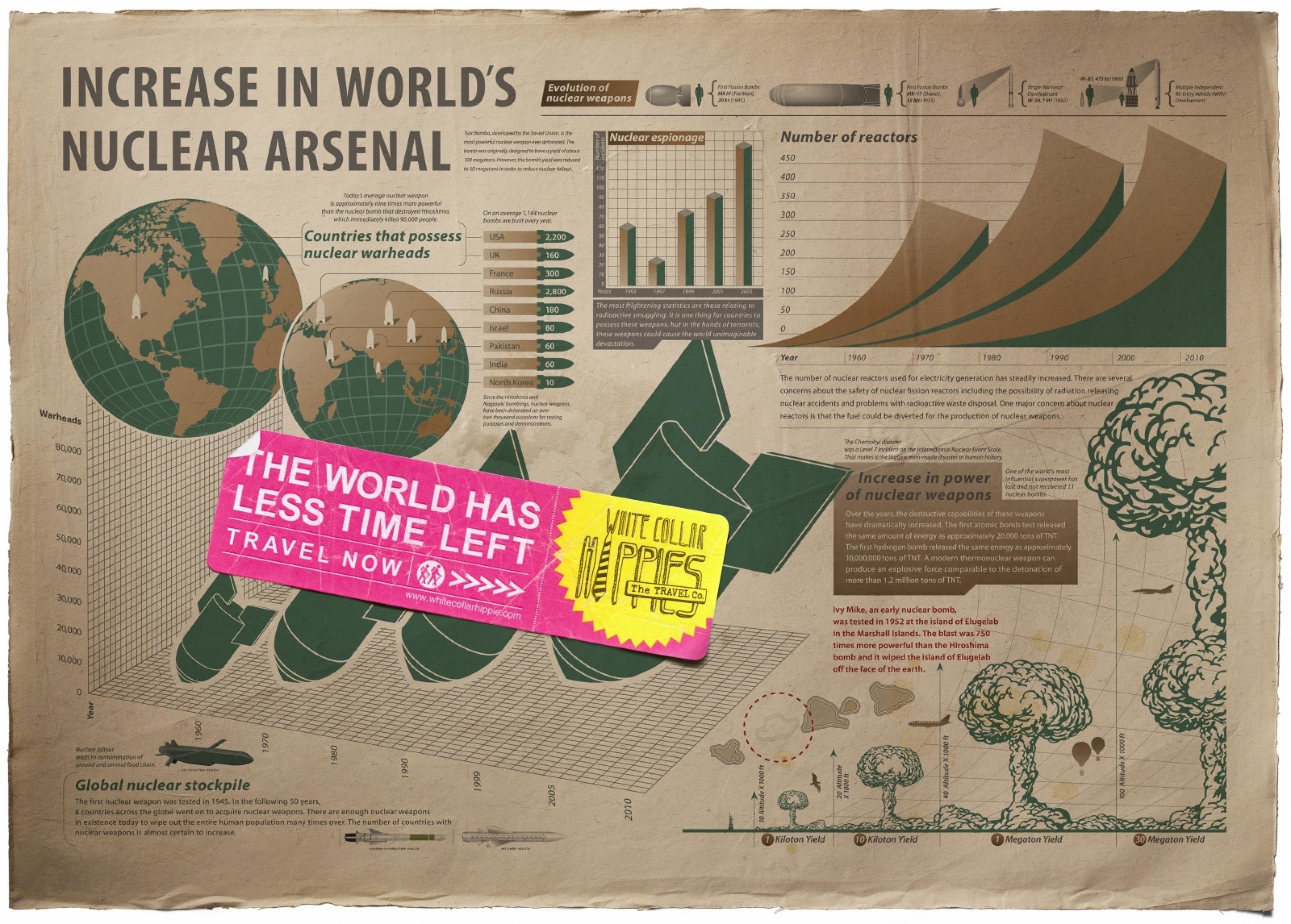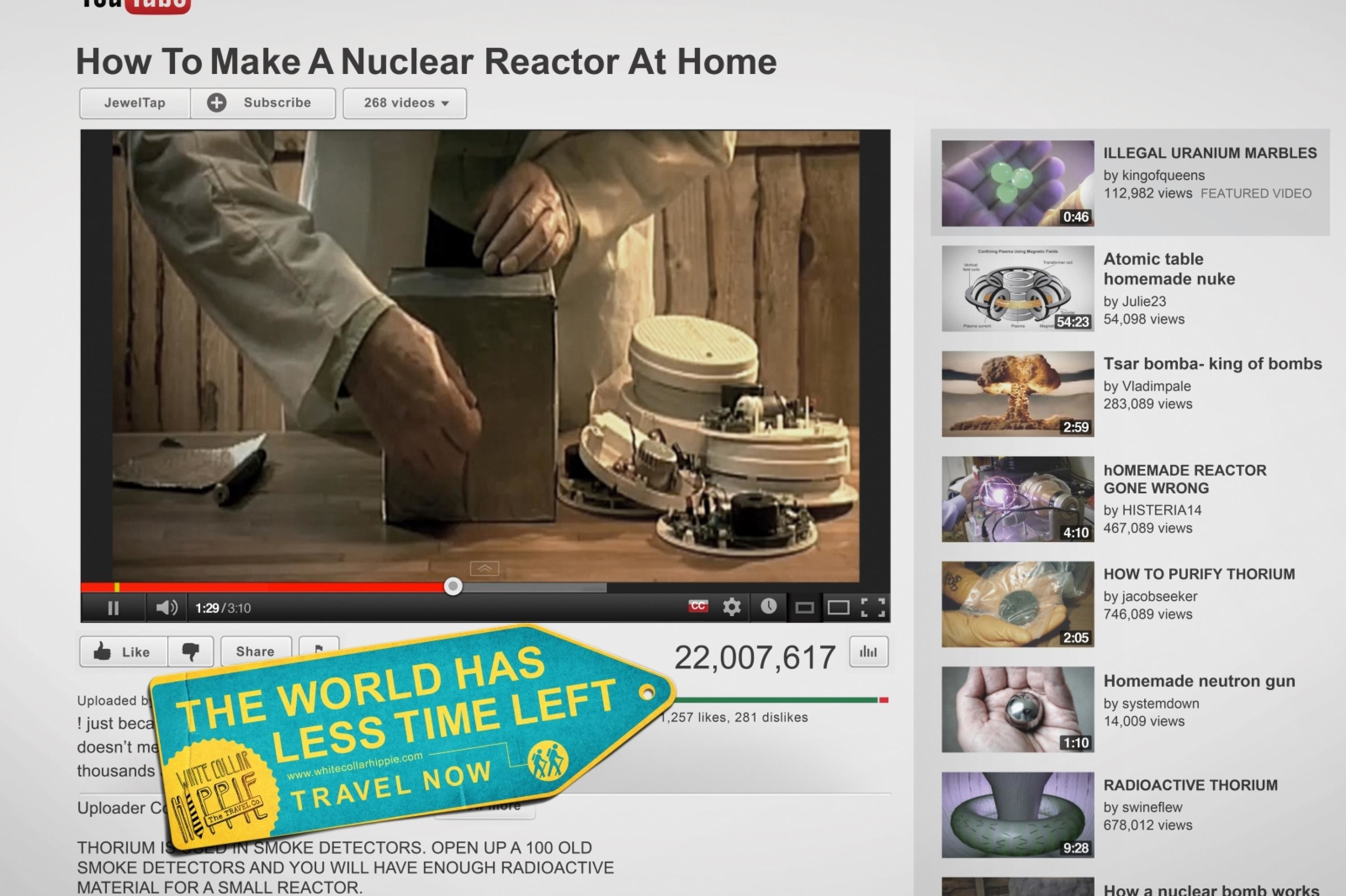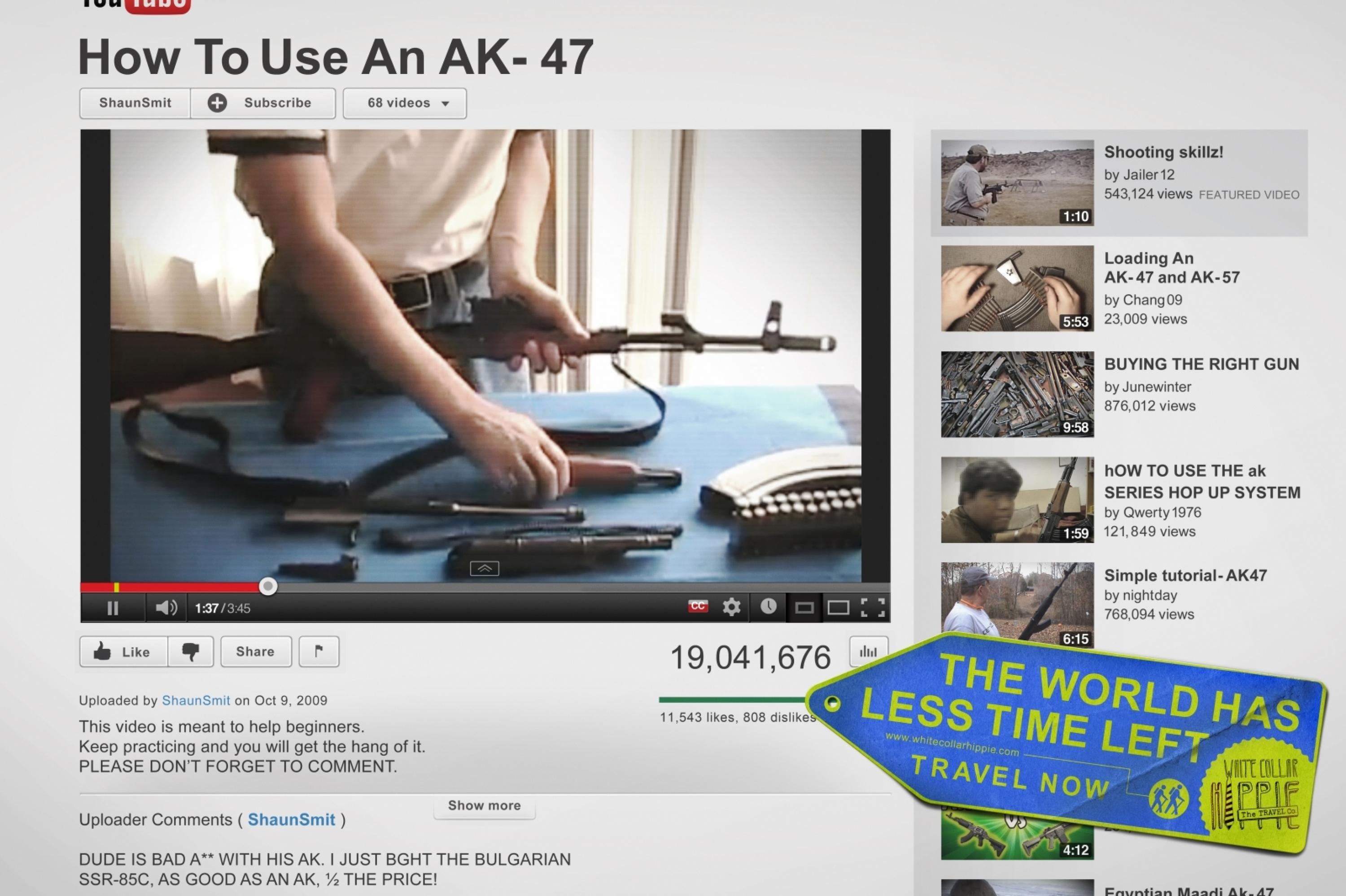Glass: The Award For Change > Glass: The Award for Change
103 RAKHI WOMEN SAFETY HELPLINE
BBDO INDIA, Mumbai / 103 WOMEN SAFETY HELPLINE / 2024

Overview
Credits
Overview
Why is this work relevant for Glass: The Award for Change?
Alongside existing structural socioeconomic inequalities, women in India face rising crime rates against them, that not only put their lives at risk but also hold them back from accessing equal opportunities.
Despite launching the 103 women’s helpline number across media, very few women knew about it – leading to a widening gap where protective measures, despite being implemented, were not being availed due to lack of awareness.
By infiltrating the cultural festival of Raksha-Bandhan, we repurposed existing rituals and gave the custom of sisters tying an amulet, a symbol of protection on their brothers’ wrist, a new meaning.
It not only helped transform the traditional symbol of Rakhi from brother’s protection to the promise of police protection, but also helped reach millions of women in the city who needed to know about the initiative but could not be reached via mainstream media channels.
Background
Despite launching the women’s helpline-number 103 across mainstream media, awareness was very low.
In India, culture can reach where mainstream media cannot.
We saw an opportunity to intertwine awareness about 103 with the popular cultural festival Raksha-Bandhan, where sisters tie protective talismans called Rakhis around their brothers' wrist.
We infiltrated culture by transforming regular Rakhis into the specially designed 103-Rakhis to reach millions of women that traditional media was not able to.
The campaign was launched with a guerilla act of activist Raell Padamsee tying the 103-Rakhi on Mumbai Police Commissioner’s wrist, and with zero media cost.
The only cost incurred was in creating 150 103-Rakhis at a total expenditure of INR 12,000 (USD 144.5 approximately).
Local women influencers joined in celebrating Raksha-Bandhan Day by tying 103-Rakhis on policemen’s wrist. These moments were then shared organically across social media and covered by leading dailies, helping to create awareness about 103.
Describe the cultural / social / political climate around gender representation and the significance of the work within this context
Despite launching the women’s helpline number 103 across traditional media channels, awareness was low.
India is a country where cultures and festivals have deeper penetration than mainstream media.
We decided to leverage culture by infiltrating the popular cultural festival Raksha Bandhan to create awareness at a level where traditional media couldn’t reach.
Raksha Bandhan is a traditional Indian festival that has been celebrated for thousands of years. It has its mentions in the Hindu epic Mahabharata and its popularity is widespread across the length and breadth of the country.
Observed on the last day of the Hindu lunar calendar month of Shravana which usually falls in August, the festival celebrates the bond between a brother and a sister with the exchange of a talisman called Rakhi as a symbol of protection.
We saw an opportunity to intertwine awareness about the 103 initiative within the prevailing customs of Raksha Bandhan.
We celebrated women’s safety using culture – by repurposing traditional Rakhis as the symbol of protection between siblings into the specially designed 103 Rakhis as the promise of police protection that most women were previously unaware about in the city.
Describe the creative idea.
Despite launching the women’s helpline-number 103 across media, awareness was low. The very women that 103 intended to protect didn’t know about it in the first place.
India is a country where cultures and festivals have far deeper penetration than mainstream media.
We infiltrated a popular cultural festival like Raksha Bandhan to create awareness at a level where traditional media could not reach.
Our target audience:
-the women of the city that 103 intended to protect in the first place.
Our medium:
-the existing customs of Raksha-Bandhan, which were repurposed to give new meaning and create awareness about 103.
Our execution:
-involving the women and the Mumbai Police, the two key components of the awareness initiative.
The campaign embedded awareness about the helpline number by transforming the traditional symbol of Rakhi as a brother’s protection into the 103-Rakhi popularizing the promise of police protection to women.
Describe the strategy
Despite launching the women’s helpline-number 103 across media, awareness was low.
Only 12% women in Mumbai were aware of 103 in 2011 (3). In 2017, 103-helpline received 67% fewer calls due to distinct lack of awareness (2).
To increase awareness, we had to look at the all-encompassing medium of culture to reach at a level where mainstream media couldn’t.
We leveraged the popular cultural festival Raksha-Bandhan, repurposing its customs through the recreation of 103-Rakhis to highlight the helpline-number.
Target audience:
women of the city that 103 intended to protect in the first place.
Medium:
existing customs of Raksha-Bandhan, which were repurposed to give new meaning and create awareness about 103.
Execution:
involving the women and Mumbai Police, the two key components of the awareness initiative.
The campaign embedded awareness by transforming traditional Rakhis as a symbol of brother’s protection into 103-Rakhis popularizing the promise of police protection to women.
(1,2) Hindustan Times
Describe the execution
To create awareness about 103, we repurposed the existing customs of the popular cultural festival Raksha-Bandhan – where sisters tie protective amulets called Rakhi around their brother’s wrist.
We recreated the 103 Rakhi basis the universally recognized Rakhi design - flower-shaped base with round patch on top. Our rendition features a two-layered sponge purple base, symbolizing femininity with gold acrylic "103", in tune with the festive spirit and with a phone mnemonic symbolizing the helpline-number.
We launched the campaign with a guerilla act involving activist Raell Padamsee tying a 103-Rakhi on the Mumbai Police Commissioner’s wrist.
On Raksha-Bandhan Day (August 30,2023), local women influencers across the city visited police stations, tying 103-Rakhis on policemen’s wrist.
With the Mumbai Police sharing these moments on their social media handles, celebrities and influential voices sharing it on their social media, and coverage by leading dailies – awareness about 103 spread further.
Describe the results / impact
The Commissioner of Police shared the guerilla act on his Instagram (79.1K followers) and Twitter (3.6M followers).
The act of local women influencers tying 103-Rakhis on city policemen’s wrist was widely shared on Mumbai Police’s Instagram (732K) and Twitter (4.9M).
Celebrities like popular Bollywood actress Juhi Chawla Mehta shared it on her Instagram (2.2M), and prominent film producer Siddharth Roy Kapur shared it on his Instagram (42.8K).
The snowball effect of such actions potentially helped reach 3.05M people on Instagram and 8.5M people on Twitter, and cumulatively word spread to 11.6M social-media users in a city with 8.5M women – spreading awareness across Mumbai.
It led to great PR surge with leading dailies like ANI, The Business Insider, and The Print covering the initiative.
The 103-Rakhis took us where traditional media couldn’t, ensuring that millions of women were aware about the helpline-number and could call for help when needed.
More Entries from BBDO INDIA
24 items
